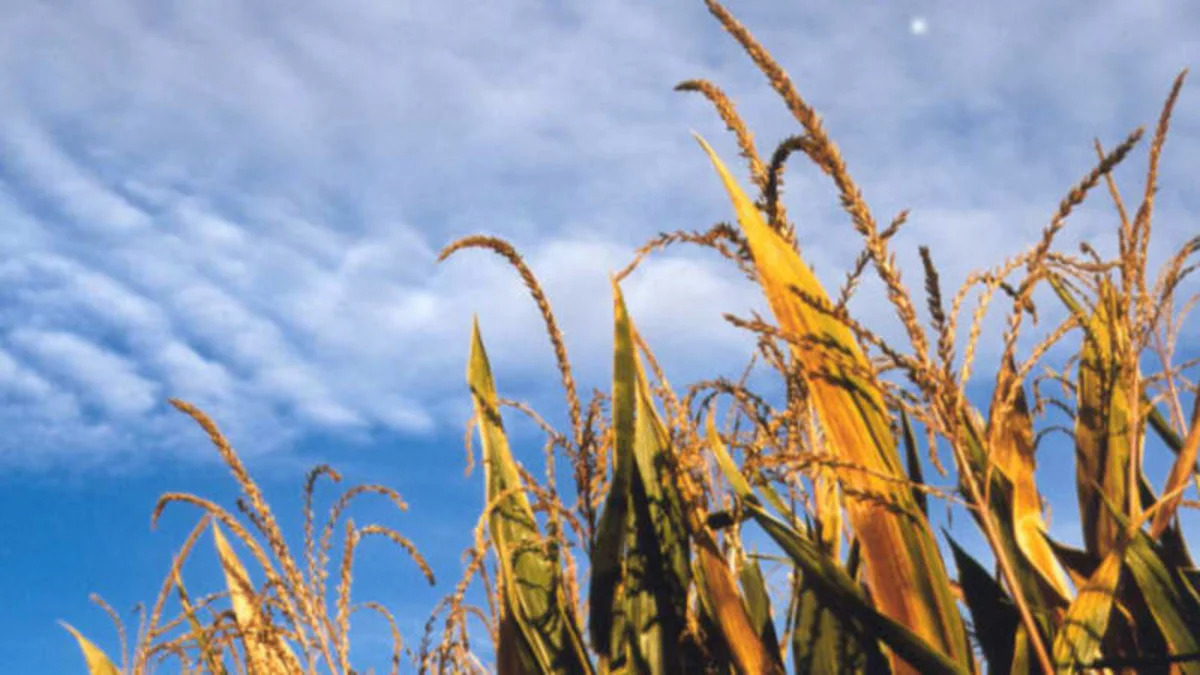The EPA's Renewable Fuel Standards for 2013 have been finalized, and it's a good billion gallons more than it was last year. In 2012, the EPA set the Renewable Fuel Standard (aka RFS2) limits at 15.2 billion gallons. In 2013, the number has grown to 16.55 billion gallons, and so, the EPA says, "in 2013 about 10% of all fuel used will be from renewable sources." It's actually 9.74 percent, but who's counting. On top of corn-based ethanol, that amount includes:
- Biomass-based diesel (1.28 billion gallons; 1.13 percent)
- Advanced biofuels (2.75 billion gallons; 1.62 percent)
- Cellulosic biofuels (6.00 million gallons; 0.004 percent)
In other words, somethings gotta give. The EPA says it will likely propose "adjustments to the 2014 volume requirements in the 2014 [Clean Air Act] rule to address these constraints." The EPA is required by law to establish annual biofuel limits to stay on the path of reaching 36 billion gallons of renewable fuel a year in 2022, a level established in the Energy Independence and Security Act of 2007 (EISA). In 2009, the total was 11.1 billion gallons, climbing to 12.95 billion gallons in 2010. In 2011, it was again increased to 13.95 billion gallons. You can read more in these PDFs from the EPA: Final Rules, Fact Sheet.recognizes that ethanol will likely continue to predominate the renewable fuel pool in the near future, and that for 2014 the ability of the market to consume ethanol in higher blends such as E85 is highly constrained as a result of infrastructure- and market-related factors. EPA does not currently foresee a scenario in which the market could consume enough ethanol sold in blends greater than E10, and/or produce sufficient volumes of non-ethanol biofuels to meet the volumes of total renewable fuel and advanced biofuel as required by statute for 2014.


Sign in to post
Please sign in to leave a comment.
Continue